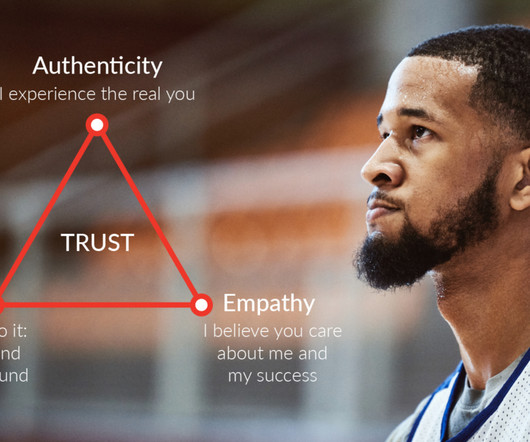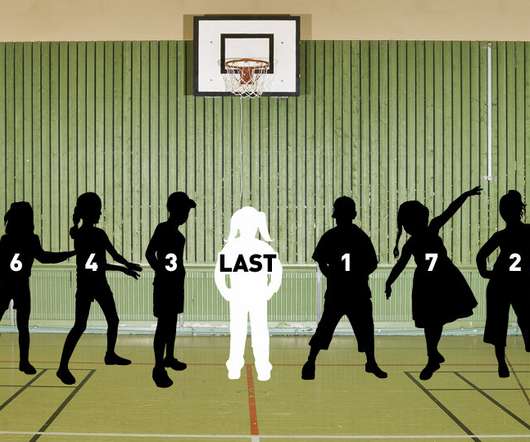5 Components Of Physical Fitness
PLT4M
NOVEMBER 27, 2023
These components are cardiovascular endurance, muscular strength, muscular endurance, flexibility, and body composition. Cardiovascular Endurance: This refers to the ability of the circulatory and respiratory systems to supply oxygen and nutrients to the muscles during sustained physical activity.











Let's personalize your content